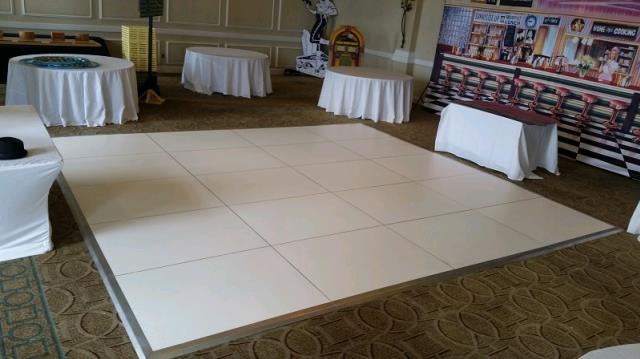Effective Strategies to Maximize the Durability of Your Flooring System
Wiki Article
To preserve a dancing surface's longevity, it is essential to understand the materials and composition that add to its strength. Performance surfaces are commonly made from timber, vinyl, or specialized foam substances. Each type has its own advantages and drawbacks. Timber surfaces deliver excellent flexibility and shock absorption, rendering them ideal for various dance styles. Synthetic surfaces are often simpler to maintain and can be designed with non-slip surfaces, which is vital for protection. Specialized foam surfaces offer padding, which can help prevent injuries. Selecting the right option based on the intended purpose of the dance floor significantly affects its lifespan.
Routine maintenance is vital for prolonging the life of a performance floor. This involves cleaning and refinishing the surface as required. For timber surfaces, it is important to sweep or hoover regularly to eliminate dust and grime that can damage the surface. Furthermore, applying a protective coating or finish every several years helps protecting against humidity and wear. Synthetic floors should be cleaned with appropriate solutions that do not damage the surface. Maintaining a consistent cleaning schedule will not only maintain the look of the floor but also guarantee a secure dancing space.

Temperature and moisture control play a significant role in maintaining a dance surface's condition. Ideal settings for wooden floors are typically a temperature of 60-80 degrees °F and a moisture range of forty to sixty percent. Excessive humidity can cause wood to distort or develop fungus, while overly dry conditions can find this lead to cracking. In areas where humidity levels vary, it may be beneficial to utilize a humidifier or drying unit. For synthetic or cushioned floors, ensuring proper ventilation can help minimizing moisture accumulation that might compromise their stability.
Proper use is another essential approach for extending the lifespan of a dance surface. It is important to set guidelines for events that take place on the floor. For instance, high heels or pointed objects should be prevented as they can cause lasting damage. Keeping fixtures away from dance spaces also avoids scratches and indentations from occurring. If the venue hosts various activities, placing protective covers during alternative uses can further protect the floor from deterioration.
Finally, regular professional evaluations are an effective method this post to ensure ongoing upkeep of a performance floor. Hiring experts who focus on flooring can deliver valuable insights into possible issues before they turn into serious problems. These experts can offer guidance on restorations or refinishing solutions that might extend the lifespan of the floor substantially. By investing in routine evaluations and adjustments, owners can ensure that their performance floor stays secure, attractive, and practical for years to come.